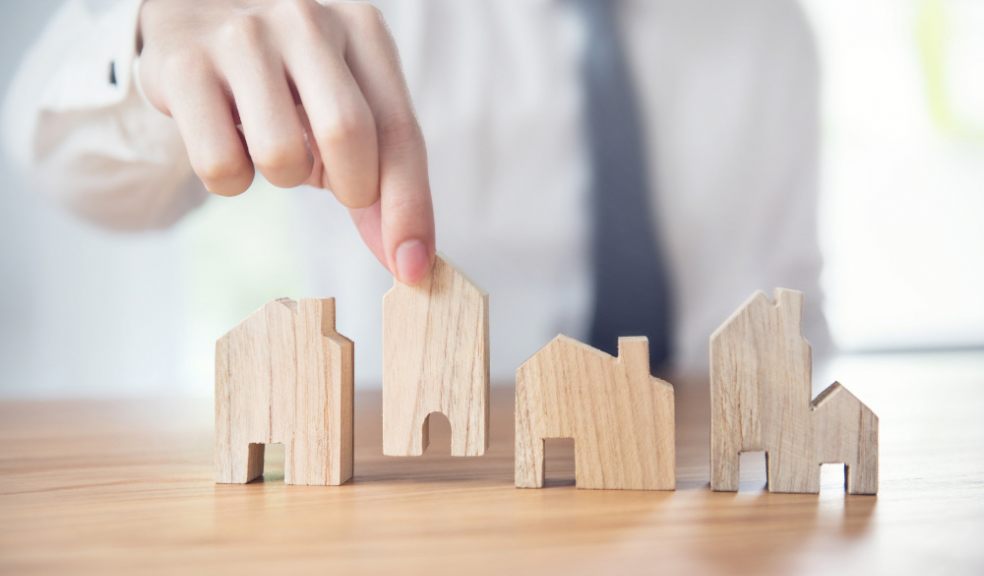
House or flat? The pros and cons of different domestic dwellings
Here’s how to tell if you would suit a two-up two-down, or if you would be better served by four side-to-side.
It may seem hard to believe, given the high-rise apartment blocks now dominating so many city centres, but the British Isles still has the highest percentage of house-living anywhere in Europe.
According to figures from the European Commission, in Spain, Germany and Italy (to name but a few), well over half the populace lives in flats or maisonettes, while in the UK and Ireland the numbers are hovering around 15% and 10% respectively.
The numbers are, however, creeping up, so as a nation of house lovers facing a flat-filled future, what are the practical differences you will notice day-to-day between the two?
The price of freedom
The price of freedom
Your choice of property to purchase will of course be dependent on availability, your assessment of its investment potential, and your bank balance. In general, houses are more expensive, but some flats have eye-watering price tags.
Beyond that, there’s the age-old conflict between convenience and independence. Flat owners generally pay a service charge, shared with others in the block, which usually covers basic maintenance of the building, insurance, administration, and, in some cases, staff.
Before buying, ensure that you and your solicitor check the full details of how the block is managed, and what your obligations would be. Talking to existing residents before signing on the dotted line, if this is possible, could help you with your research. Additionally, you could consider using sites like HousingAnywhere to find a rental in the city you want to live in and spend a couple of months living there. This will let you get used to local culture, weather, locations, etc and see if it's the right place for you.
Houses, on the other hand, come with greater power and greater responsibility. There are no service charges, and if you want a loft conversion it’s up to you and the planning office, but you’re also wholly in charge of the maintenance and all its costs. You’ll be laughing all the way to the bank – until your roof starts leaking on Christmas Eve.
The difference is almost political – do you prefer collective responsibility, or to stand on your own two feet come rain or shine?
Company or a crowd
Flats and houses also offer decidedly different domestic experiences.
It’s fair to say that to thrive in an apartment block, you’d best be prepared to love thy neighbour. There will be noise, probably from every direction, and while terraced and semi-detached houses still have party walls, it’s nothing compared to the thunder of feet on the ceiling.
For flat dwellers, there is also a level of sociability that comes with living cheek by jowl, and fellow residents will crop up and probably want to chat in the corridors.
Some things you just can’t help but share: If someone on the second floor falls asleep with the bath running, odds on your first floor flat will be among the first to know.
Houses, by contrast, offer greater privacy both outside and in, and particularly for families it can be helpful to have bedrooms and living areas on different floors.
Keen gardeners may also prefer house-living, as even the sardine tin-like Sixties terraces found in many towns often have a patch of green hiding in the yard. A lot of apartment blocks do have communal green spaces, but it’s hardly somewhere you can tend your prize geraniums.
If you believe that sharing is caring – be that sound, soil or stairwell – flats are right up your alley. For the less gregarious, buy a house if you can.
Domestic distinctions
Some choices are environmental, but others are intertwined in the very fabric of their buildings.
While the front door of many houses opens directly onto the pavement, flats can come with greater security – often two locked doors, an intercom system and the advantage of altitude separate their inhabitants from would-be visitors. However, this advantage can obviously be nullified by incompetent or untrustworthy neighbours.
For many first-time buyers, the choice is still all about location, location, location – that’s one of the main factors behind the rise of the apartment blocks in trendy and ultra-convenient urban centres – but this comes at the cost of space.
A recent nested.com study found that size had actually usurped location as the most common gripe among homeowners – 57% of respondents said space was a problem, ahead of 52% for location.
The UK has some of the smallest new builds in Europe, and they seem to be getting smaller all the time. According to research by LABC Warranty, an average 1970s living room contained 24.89 square metres of floor space, which dropped to 21.33 square metres in the Nineties, and 17.09 square metres today.
So, to generalise enormously, houses tend to be easier to renovate but harder to maintain, and provide more privacy, autonomy, and space, while flats are harder to renovate and easier to maintain, more likely to provide prime location, and provide less privacy, autonomy and space.
There are no wrong answers – simply different questions.













